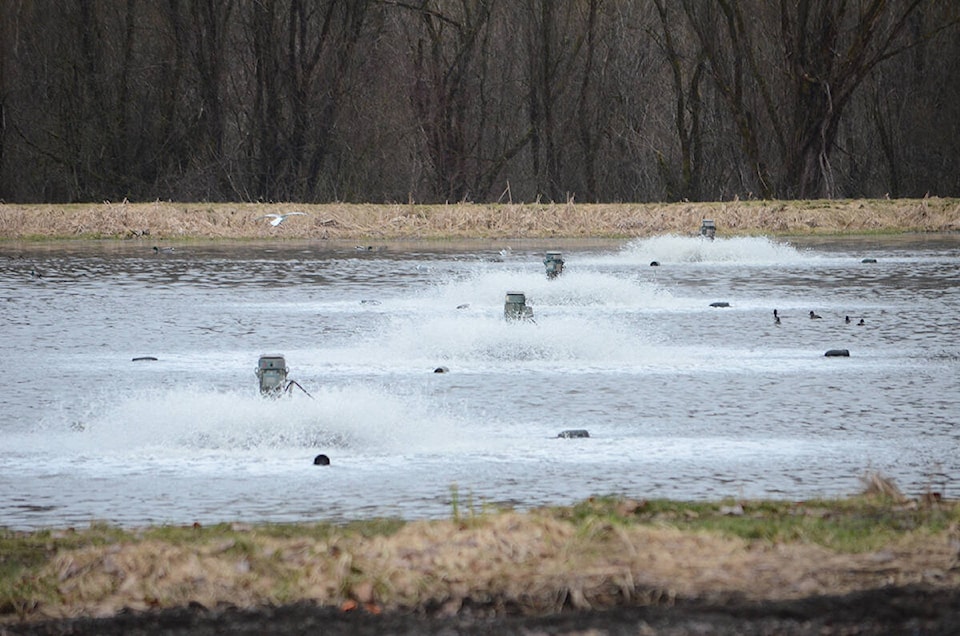Cost hikes are forcing Cumberland to rethink some aspects of its large wastewater treatment plant.
Project coordinator Paul Nash updated council at the Feb. 14 meeting, saying the increase in costs now means they have to look at other grant funding for later optional parts of the project.
The original estimate came in at about $10 million. However, this now represents the amount for the first phase of upgrading the actual plant to bring it into regulatory compliance with the province. With the extra scope of the work, the total projected cost is now $14.7 million. The latest scope changes though represent about $2 million.
They have gone to the request for proposal (RFP) stage and expect to know further budget implications in a month.
One factor in the changes is the need to respond to climate challenges for the system. Last year’s extreme heat in June and heavy rain in November forced design changes to the project.
“We need to use energy to combat these climate effects,” Nash said.
RELATED STORY: Cumberland plays catch-up with wastewater project
The plan was to have later phases, involving a reed bed and wetlands augmentation, to help with the process of treating wastewater. This second phase work represents $2 million. A later phase would involve tertiary filtration and was to happen around 2027-28, though this was not part of the current project.
“We had contemplated there’d be future works to happen,” Nash said.
For now, Nash presented council with three options. The first option is to hold off on the reed bed and wetlands and leave them to a future council, though this would mean cancelling Green Municipal Funding for this work. The second is to “de-scope” the work from current funding and apply for grant funding again using the current project team. This integrated approach would allow the village to include the second phase work. One issue would be the timeline as the design work for the second phase would need to be done in 2022, as the funding would be announced in spring 2023. Another is a limit on the type of work that is eligible.
The final option is to break off the second phase into a separate grant application. This would mean losing some of the current grant funding, but allow them to pursue other grant funding. As Nash pointed out to council, this final option comes with a risk, as it would mean a larger request and could be harder to get approved.
Nash’s preferred response is the second option as it is the most efficient and has the best chance of getting grant funding, though it does come with risk.
“It’s not a guarantee that we’ll get funding,” he said. “I think it’s as good as we’re going to get.”
Council members agreed with this option, despite some worry about holding off on the reedbed and wetland work.
“I’m just worried that if we’re pulling that, we may lose it forever,” Coun. Vickey Brown said.
Others also said they did not want to leave the work for a future council to consider. There were concerns about the need for borrowing, though staff confirmed they have the capacity to do so.
“We obviously don’t want to do the minimum and have all these things left for the next council,” Coun. Jesse Ketler said.
One of the motions before council was to increase the contract to construction manager Maple Reinders for site preparation work by $200,000 to a total of $1.7 million in order to get started.
As well, council supported the second option for pursuing grant funding as an integrated project. The motion included de-scoping the reed bed and wetlands from the current grant funding while applying for new funding worth roughly $2.26 million. Finally, council committed to funding the municipal portion of the project by using an existing combination of Green Municipal Funding borrowing and sewer reserves.
mike.chouinard@comoxvalleyrecord.com
Like us on Facebook and follow us on Twitter.
